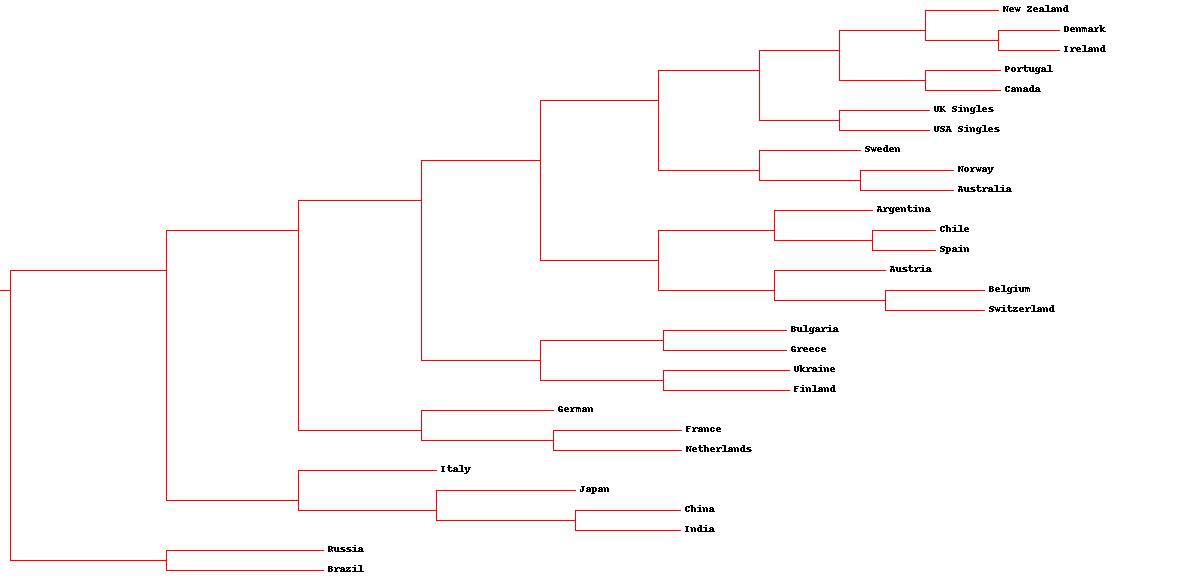Dataset

Creating international lyrics dataset
Scrapping chart data.
We scrape a real-time data about top 20 songs for each country from top40-charts.com. This includes song names, artists, rankings, and date. The songs ratings per country for a sample dataset from 18 Aug 2018 can be found here.Lyrics search.
We search for the lyrics of all songs using Google and Genius Lyrics search. The rate of success is around 78%.Translation to common language (English).
We then translate all the lyrics to English by using Google Translate and Google Apps Script.SQLite database.
We insert data about songs, artists and countries into a database. Then we clean the lyrics, parse it into words, remove stop words and finally lemmatize the words. The list of keywords per song can be found here, and the list of keywords per country here. The full Database schema can be found here, and sample SQLite database can be downloaded from here.The steps for data collection phase are fully described here.





